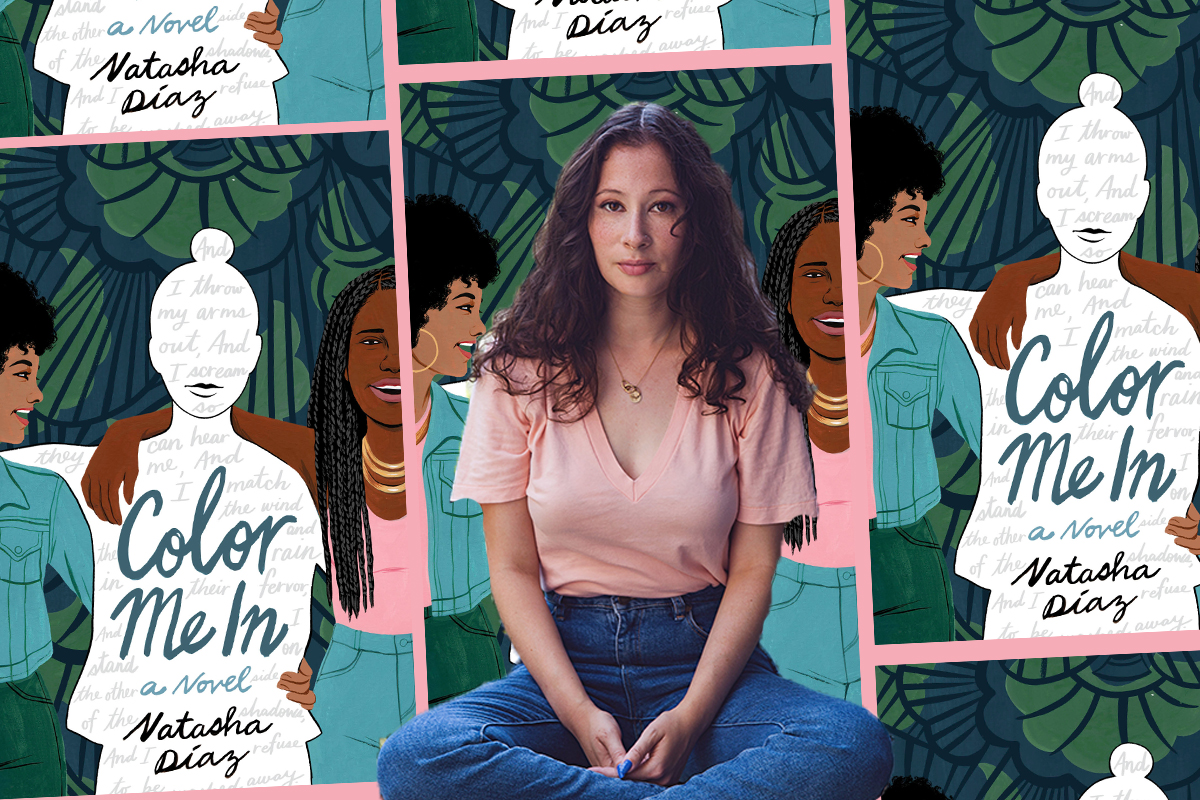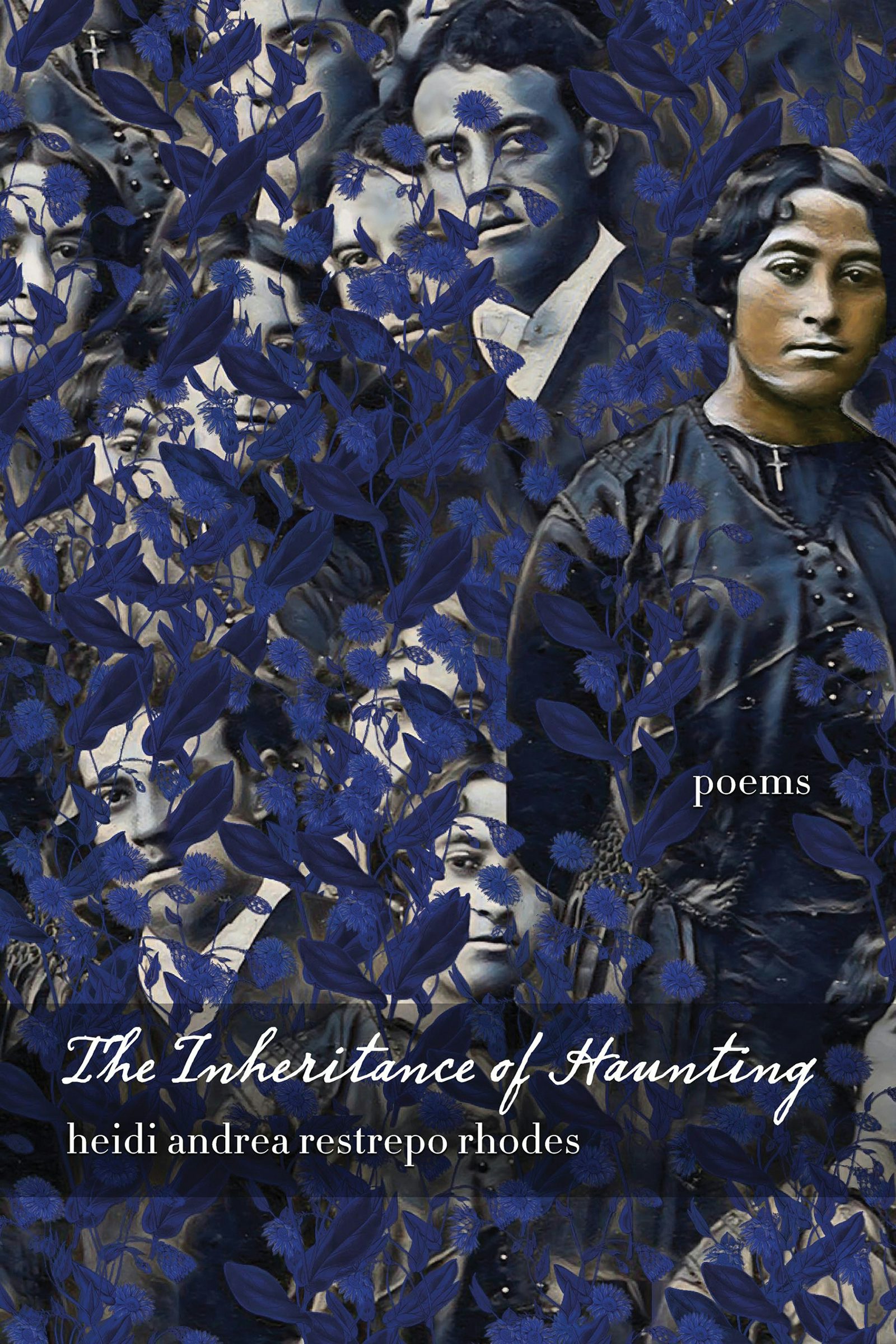‘Carnival Row’: Philo and the Politics of PassingPosted in Articles, Communications/Media Studies, Latino Studies, Media Archive, Passing, United States on 2019-09-16 20:11Z by Steven |
‘Carnival Row’: Philo and the Politics of Passing
Fangirlish
2019-09-11
Lissete Lanuza Sáenz, Co-Executive Editor

CarnivalRow_Ep101_D22_JT_0621.CR2
Usually when I watch a show, almost without fault, I relate to one of the female characters. This probably has a lot to do with how male characters are written – emotions, what are those? – and of course, also with the fact that, as a woman, it’s easier to see myself in the experiences of another woman.
The exact opposite happened to me with Carnival Row.
Sure, part of that might have been that the first time I actually felt Vignette was somewhere around episode seven. Before that, her storyline, while not a total bore, just wasn’t hitting any emotional chord with me. And well, despite how much I ended up liking Imogen, it’s fair to say that, for at least half the season, it was impossible to actively like her.
There was Tourmaline, of course, but she was treated a bit like a love interest, even if her relationship with Vignette was never the main focus of Carnival Row; she barely got any storyline on her own.
Yes, these are the justifications I gave myself. The rationalization for what I’m about to say.
Philo is, by far, my favorite character on Carnival Row…
Read the entire article here.







